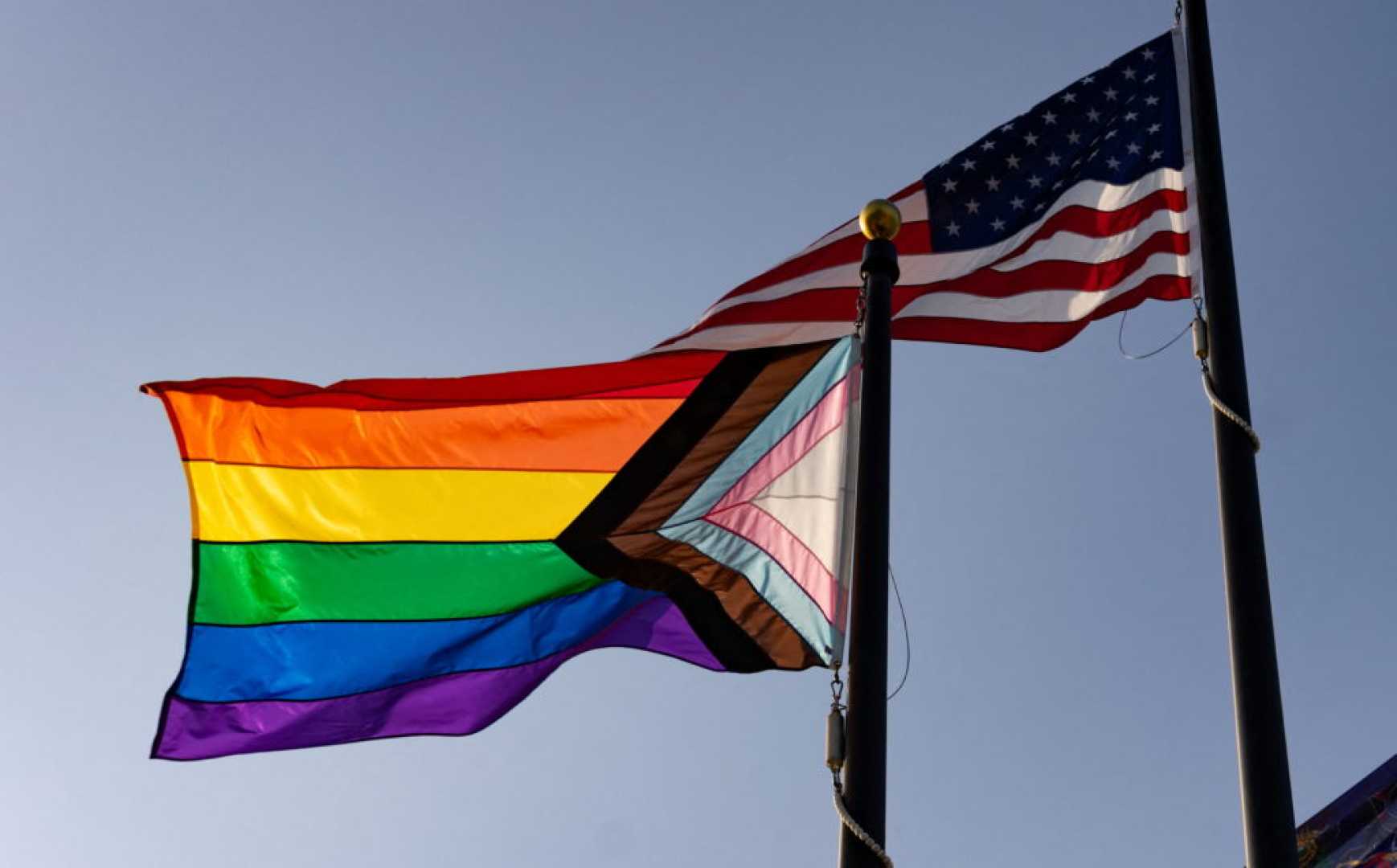Health
LGBTQ+ Youth Lose Dedicated Mental Health Support with 988 Lifeline Changes

WASHINGTON, D.C. — On July 17, the option for LGBTQ+ youth to receive specialized mental health support through the national 988 Suicide & Crisis Lifeline was eliminated. The Substance Abuse and Mental Health Services Administration (SAMHSA) announced it would no longer maintain a “silo” for services, aiming to “focus on serving all help seekers.” This change resulted in the removal of the “Press 3” option, which connected callers to trained staff specifically for LGBTQ+ youth facing mental health crises.
In response to these changes, several states, including California, Colorado, Illinois, and Nevada, are working to provide alternative crisis support for LGBTQ+ individuals. Advocates have criticized the Trump administration’s policies as detrimental to LGBTQ+ youth, referencing an executive order from Trump that recognized only two sexes, male and female. This move has intensified concerns regarding access to mental health resources for marginalized communities.
“Since the election, we’ve seen a clear increase in young people feeling devalued, erased, and uncertain about their future,” said Becca Nordeen, senior vice president of crisis intervention at The Trevor Project. The organization estimates that approximately 5.2 million LGBTQ+ individuals aged 13 to 24 live in the U.S., with about 39% considering suicide annually, a rate that is even higher among transgender and nonbinary youth.
The “Press 3” option gained significant traction, reporting record monthly highs prior to its elimination. The option supported a growing number of contacts, with nearly 1.6 million interactions logged since its introduction in October 2022. This trend has raised alarms among LGBTQ+ advocates, who fear that general 988 call-takers may lack the specialized training necessary to handle sensitive issues related to sexuality and gender.
According to Mark Henson, interim vice president of advocacy at The Trevor Project, the loss of dedicated support diminishes the trust-building opportunities essential for LGBTQ+ youth during crises. “If a counselor doesn’t understand key concepts such as coming out or the risk of family rejection, it could hinder the support we aim to provide,” he said.
In light of the Press 3 option’s closure, states are mobilizing to fill the gap. California has committed $700,000 to train crisis counselors on LGBTQ+ youth issues, while Colorado’s 988 hotline director has emphasized ongoing outreach efforts to reassure LGBTQ+ individuals that support remains available. Meanwhile, Nevada is investing in new call center capacity and training programs for its 988 hotline.
Additionally, the Illinois Department of Human Services announced its plans to enhance LGBTQ+ youth support after the termination of the Press 3 option. States are exploring ways to maintain specialized services as federal funding remains uncertain, leaving many advocates concerned about the future of mental health resources for LGBTQ+ communities.
Hannah Wesolowski, chief advocacy officer for the National Alliance on Mental Illness, noted that there are opportunities for Congress to allocate funding for LGBTQ+ crisis support in future appropriations bills. Advocates are urging for systemic solutions to ensure LGBTQ+ youth receive the services they need, similar to programs established in Washington state for Native American populations.
Federal lawmakers have expressed their discontent over the withdrawal of the LGBTQ+ 988 option, advocating for its reinstatement. Rep. Mike Lawler (R-N.Y.) and others have emphasized that every child in crisis deserves immediate access to help, regardless of their background.












